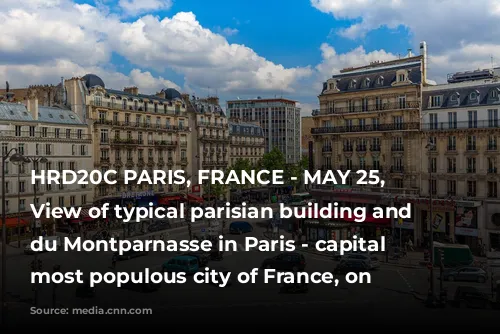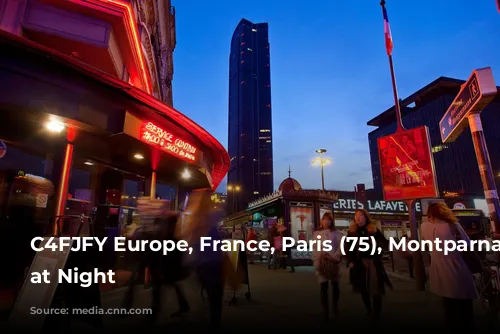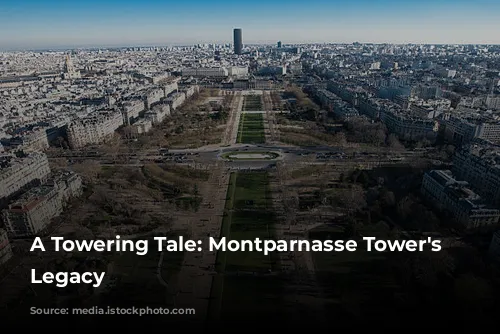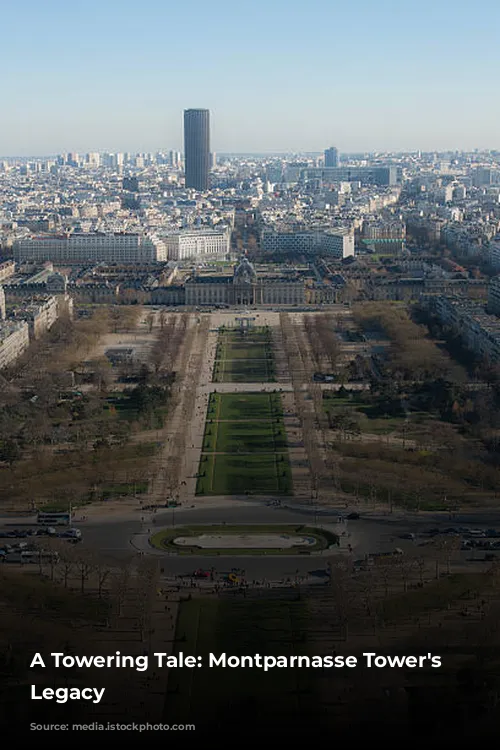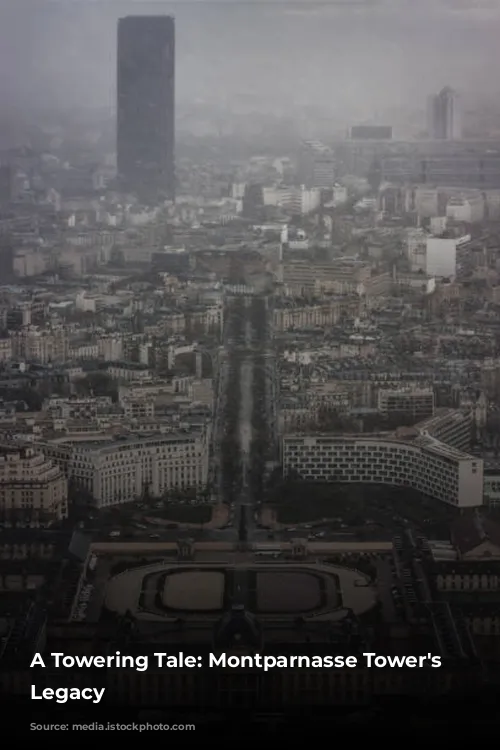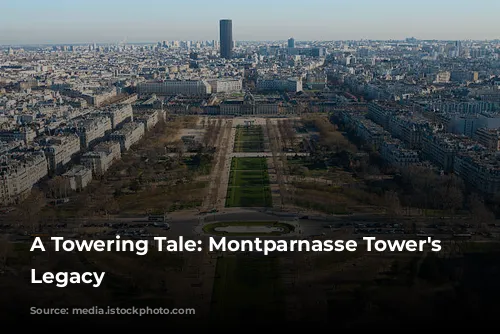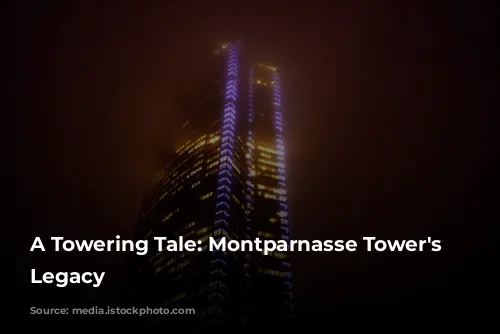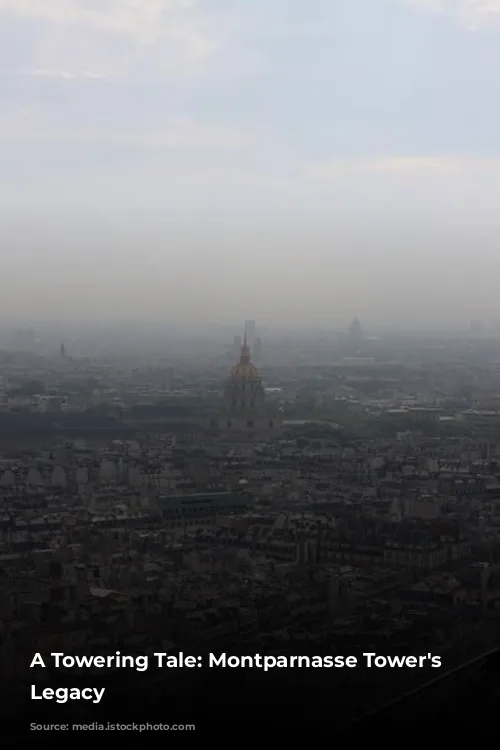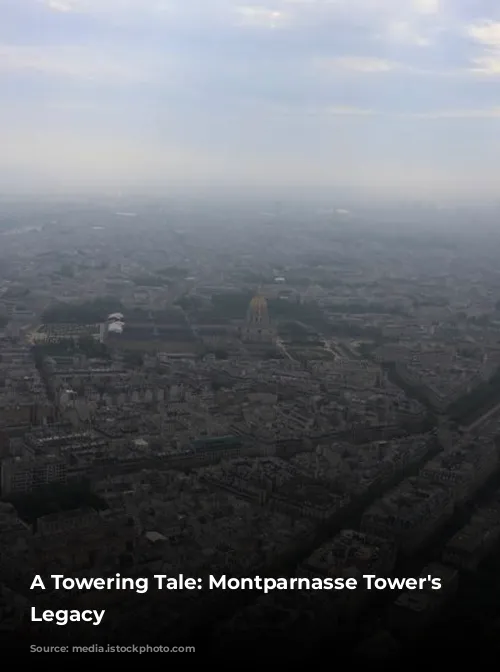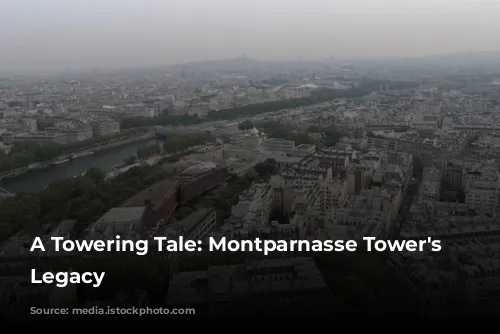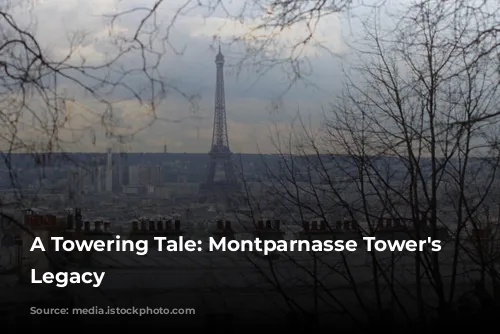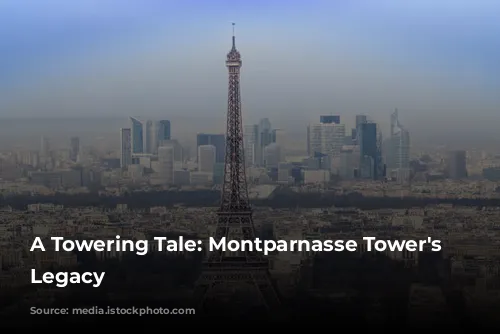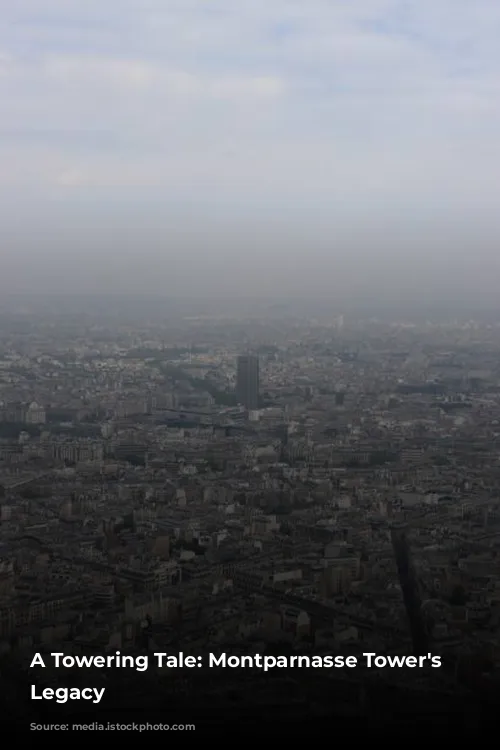Imagine Paris, the City of Lights, renowned for its elegant architecture and charming streets. Now, picture a towering, chocolate-colored glass structure piercing the sky, a stark contrast to the city’s graceful skyline. This is the Montparnasse Tower, a building that has ignited debate and sparked controversy since its inauguration in 1973.
A City Divided
Paris, with its rich history and architectural harmony, has always been wary of drastic transformations. This aversion to change was evident in the initial response to the Eiffel Tower, a structure many Parisians dismissed as an unsightly “street lamp.” Similarly, the Louvre’s iconic glass pyramids, while now beloved, were met with resistance upon their introduction.
The Montparnasse Tower, however, has faced an unwavering opposition, even as it approaches its 50th anniversary. This 59-story skyscraper, a solitary giant in a city of mostly six-story buildings, has been labeled a blight on the Parisian landscape.
A City in Transition
To grasp why the Montparnasse Tower is perceived as an unwelcome intrusion, we must delve into the city’s history and its evolution.
Paris’ current urban plan and architectural style are rooted in the mid-19th century, a time when the city was overcrowded and riddled with disease. Seeking to transform Paris into a symbol of French grandeur, Napoleon III commissioned Baron Georges-Eugene Haussmann to revamp the capital.
Haussmann’s ambitious plan involved demolishing narrow, medieval streets and dilapidated buildings to make way for spacious avenues, public squares, and verdant parks. This revitalization effort not only enhanced the city’s aesthetics but also improved its public health.
Haussmann’s signature achievement, however, is the architectural style that bears his name. The ubiquitous six-story, stone-faced buildings, known as Haussmannian apartment buildings, define Paris’ distinct and uniform character.
A Post-War Boom and the Rise of a Skyscraper
The aftermath of World War II presented a unique opportunity for France to modernize, fueled by an economic boom. This period witnessed the construction of highways and skyscrapers, a trend prevalent in the United States and the United Kingdom.
Montparnasse, a neighborhood in southern Paris, was chosen as a site for a large-scale urban renewal project. In the 1920s, this area was a haven for artists and writers like Salvador Dali and Ernest Hemingway. However, by the 1950s, it had deteriorated into a run-down district characterized by narrow alleys, condemned buildings, and an overcrowded train station.
The ambition of this renewal project was to create a modern neighborhood, complete with offices, apartments, a revamped train station, a highway to the newly built airport, and the iconic Montparnasse Tower.
A Towering Divide
While the prospect of modernizing Paris initially generated excitement, particularly among architects, engineers, and developers, the public sentiment swiftly shifted. The tower’s imposing height, a stark contrast to the neighborhood’s existing structures, sparked widespread criticism.
Many Parisians felt the tower was an eyesore, a jarring interruption in a city celebrated for its architectural harmony.
The debate surrounding the tower escalated after President Georges Pompidou gave his approval in 1969, and construction began the following year.
A Building of Contrasts
Despite the widespread disapproval, the Montparnasse Tower was completed in 1973, Europe’s tallest building at the time.
The tower became a symbol of modernization and progress for some. Its sleek design and well-equipped offices attracted a diverse clientele, including French Presidents François Mitterrand, Jacques Chirac, and Emmanuel Macron.
However, for many Parisians, the tower remained an unwelcome intrusion, a symbol of architectural discord. The public’s vehement opposition prompted the city council to enact a height restriction on buildings in 1977, effectively halting the construction of skyscrapers within Paris.
A Legacy of Controversy
Decades later, the Montparnasse Tower continues to be a subject of debate and controversy.
While some believe it’s time to embrace taller buildings in the city’s heart, many Parisians still consider the tower an eyesore. In 2014, a conservative mayoral candidate even proposed demolishing the tower, highlighting the building’s divisive presence.
The construction of Triangle Tower, a new skyscraper on the outskirts of Paris, has rekindled the debate. While some see it as a chance to modernize the city, others remain wary of the impact such towering structures may have on the city’s aesthetic and cultural identity.
The future of skyscrapers in Paris remains uncertain. The city government has reinstated the height restriction on new buildings, effectively halting the construction of future skyscrapers.
Whether Triangle Tower will face the same public ire as its 50-year-old predecessor remains to be seen.
But one thing is clear: the legacy of the Montparnasse Tower, a solitary giant in the City of Lights, continues to shape the architectural landscape of Paris and the debate over how the city should evolve.
![Construction of the Montparnasse Tower. Paris, FRANCE April 1973. (Newscom TagID: sipaphotos153312.jpg) [Photo via Newscom]](https://parisyougotme.com/wp-content/uploads/2024/09/a-towering-tale-montparnasse-tower-s-unwelcome-legacy_172685630289058.webp)
